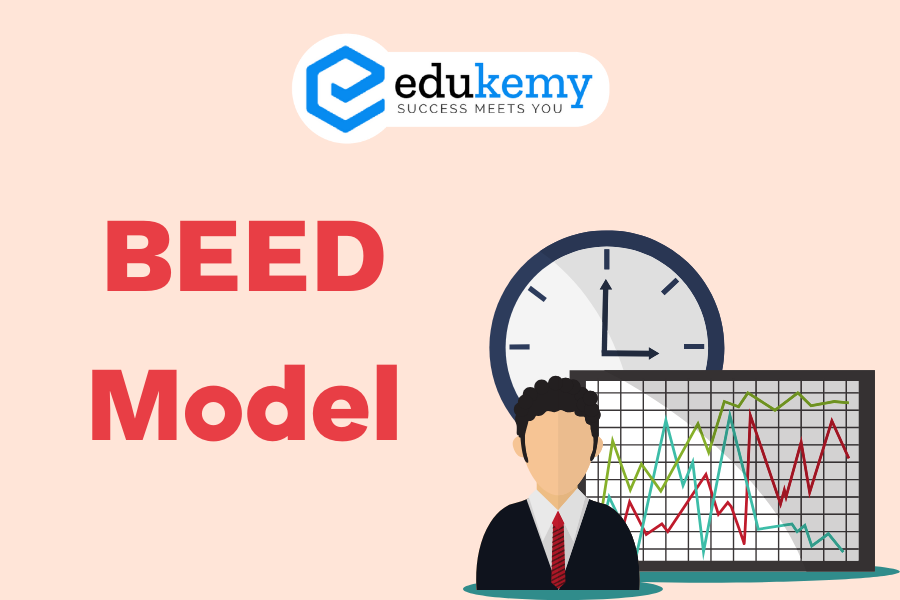
The BEED model implemented in Maharashtra stands as a pioneering initiative in the realm of economic development strategies. Developed by the district administration of Beed, Maharashtra, this model exemplifies a localized approach to addressing socio-economic challenges and fostering inclusive growth. Through a combination of grassroots-level interventions, community participation, and innovative governance mechanisms, the BEED model has garnered attention for its effectiveness in uplifting marginalized communities and propelling sustainable development. Rooted in principles of decentralization and participatory governance, this model not only aims to spur economic growth but also to ensure equitable distribution of resources and opportunities, thereby serving as a beacon of inspiration for similar initiatives across the nation. In this essay, we delve deeper into the core principles, implementation strategies, and impact assessment of the BEED model, elucidating its significance in the context of India’s economic landscape and its relevance to broader discussions on development paradigms.
- The 80-110 Formula, also known as the 80-110 Model, imposes limits on potential losses for insurers.
- Under this arrangement, the insurance company is not liable to honor claims surpassing 110% of the gross premium.
- Should claims exceed this threshold, the state government steps in to cover the excess costs, acting as a buffer against insurer losses (referred to as the bridge amount).
- Conversely, if compensation falls below the premium collected, the insurer retains 20% for administrative expenses, reimbursing the remainder to the state government (known as premium surplus).
Benefits to States:
- Additional Revenue Stream: Typically, the claims-to-premium ratio remains low in most years.
- With the Beed model, it is anticipated that the insurance company’s profits will decrease, providing the state government with an alternative source of funds.
- Alleviate Financial Strain of PMFBY: The refunded sum could alleviate the financial burden on the state for the next year’s budgetary allocation for the Pradhan Mantri Fasal Bima Yojana (PMFBY), or assist in covering the bridge amount in years of crop loss.
Flaws in PMFBY:
- Financially strained states have consistently objected to bearing the premium costs for PMFBY, leading to delays in insurers settling farmers’ claims.
- In 2020, significantly below-average monsoon rainfall in Beed district, central Maharashtra, deterred insurers from extending coverage to farmers for the kharif 2020 season under PMFBY.
Challenges:
- Uncertainty persists regarding how the state government will raise the surplus funds and manage the refunded amount.
- For farmers, this model does not appear to offer any direct advantages.
FAQs
1. What is the BEED model?
The BEED (Behavior, Environment, Emotion, and Decision) model is a framework used in psychology and behavioral economics to understand and analyze human decision-making processes comprehensively.
2. How does the BEED model work?
The BEED model breaks down decision-making into four key components: behavior, environment, emotion, and decision. It explores how these factors interplay and influence each other to shape individual choices and actions.
3. Why is the BEED model important?
The BEED model provides a structured approach to studying and understanding decision-making, offering insights into the complex interactions between various psychological and environmental factors. By comprehensively analyzing behavior, environment, emotion, and decision, researchers and practitioners can better predict and influence human choices.
4. How can the BEED model be applied in real life?
The BEED model can be applied across various fields, including marketing, public policy, and healthcare. For instance, marketers can use it to design persuasive campaigns by understanding how consumers’ emotions and environments influence their purchasing decisions. Similarly, policymakers can utilize the model to create interventions that promote healthier behaviors by addressing environmental and emotional triggers.
5. What are some limitations of the BEED model?
While the BEED model offers a comprehensive framework for understanding decision-making, it may oversimplify the complexity of human behavior in certain situations. Additionally, accurately measuring and analyzing each component (behavior, environment, emotion, and decision) can be challenging, requiring careful consideration of various contextual factors.
In case you still have your doubts, contact us on 9811333901.
For UPSC Prelims Resources, Click here
For Daily Updates and Study Material:
Join our Telegram Channel – Edukemy for IAS
- 1. Learn through Videos – here
- 2. Be Exam Ready by Practicing Daily MCQs – here
- 3. Daily Newsletter – Get all your Current Affairs Covered – here
- 4. Mains Answer Writing Practice – here

